Sequencing is a skills many students struggle with. To think of all the steps needed to complete a task and then organize them in the correct order can be tough. We use visuals when we and know if we can have them participate in an activity that is hands on, even better. However, we know that in the classroom teachers are looking for our students to sequence story events or the steps to complete a science experiment. So how can we help our students go from sequencing how to brush their teeth to organizing the events of a story? One of my favorite ideas is to practice sequencing with stories.

A trick I have learned is to use the pictures from the book. It can be hard for kids to keep flipping back and forth between pages to look for the events of the story. Instead, make a copy of the pictures in the story ( you can do black and white ) and then, after you have read the story, have the students start by sequencing the pictures. It is easier when they are all in front of the kids right away. Once they organize the pictures, have them tell you events.

The pictures in children’s books are very detailed, making them wonderful to use. The ‘over the top’ illustrations help kids to identify specific story moments. You can also control how many events you want them to sequence. You can have them either sequence 3 pictures or 8, depending on how many pictures you copy.








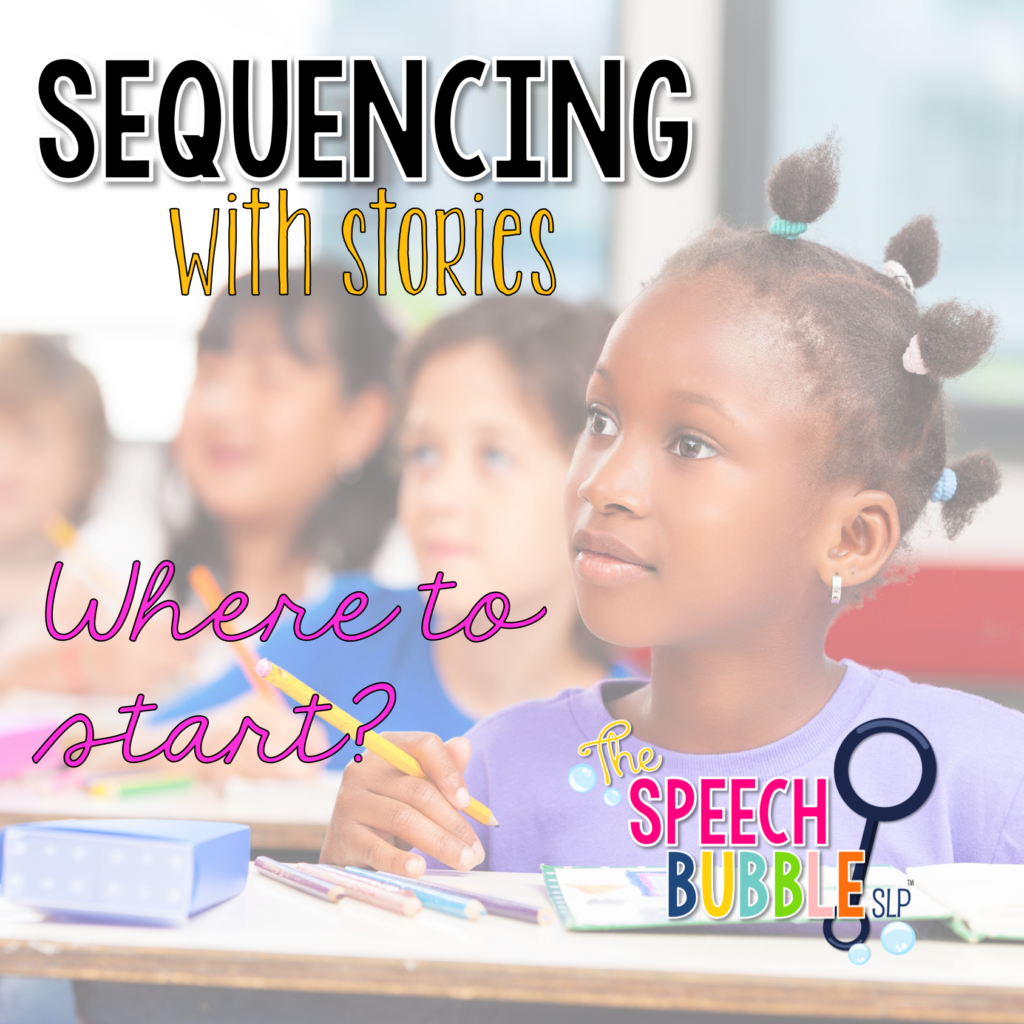
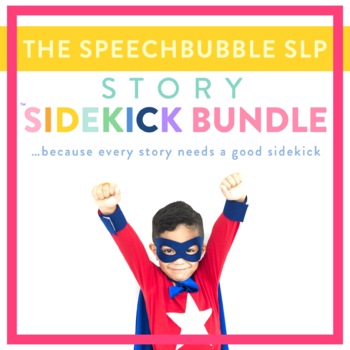
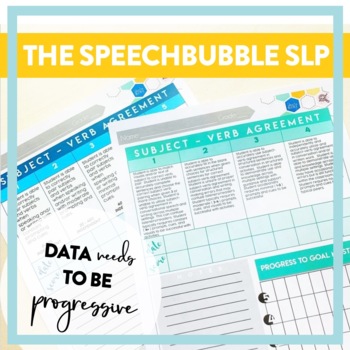
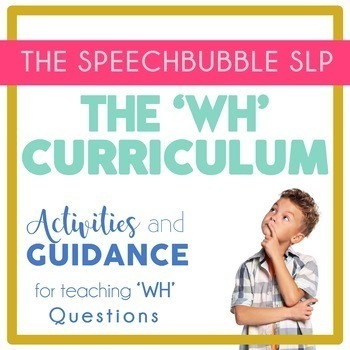
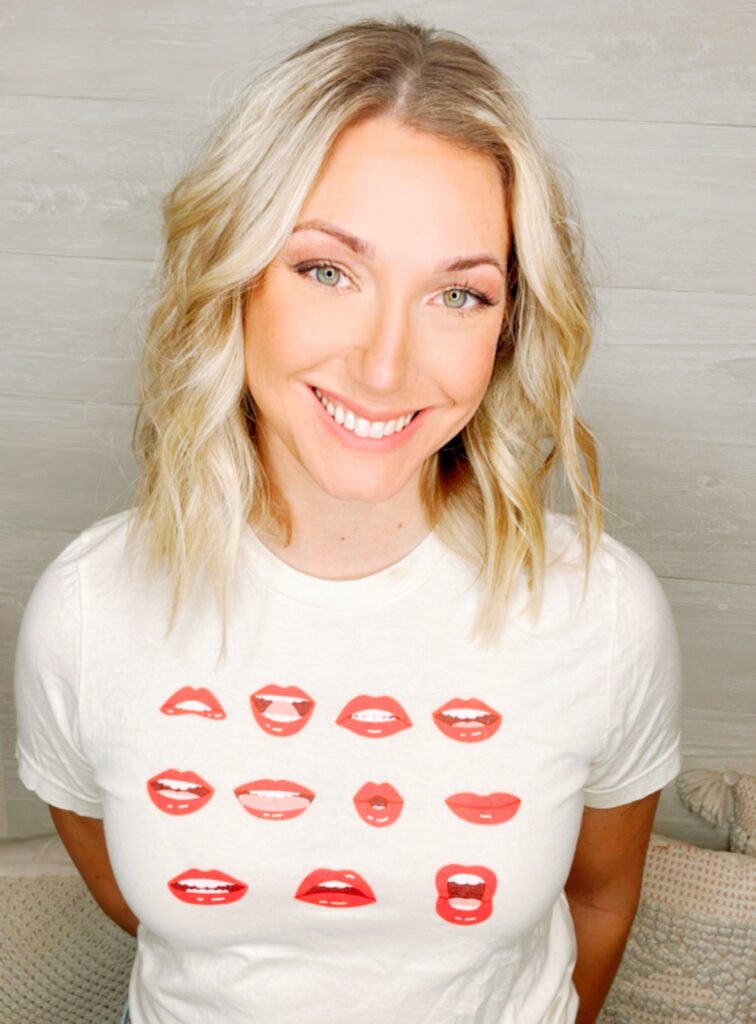

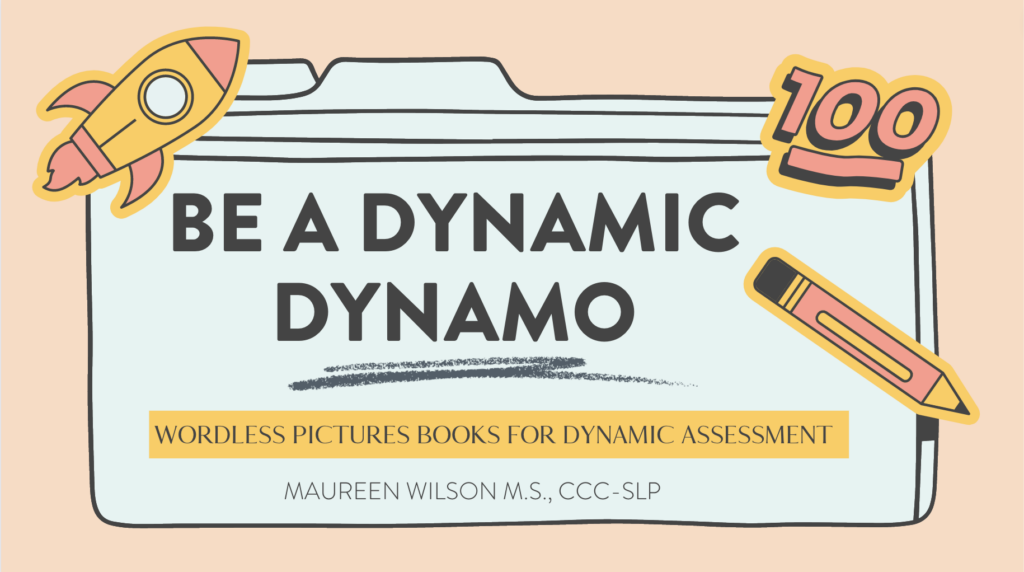
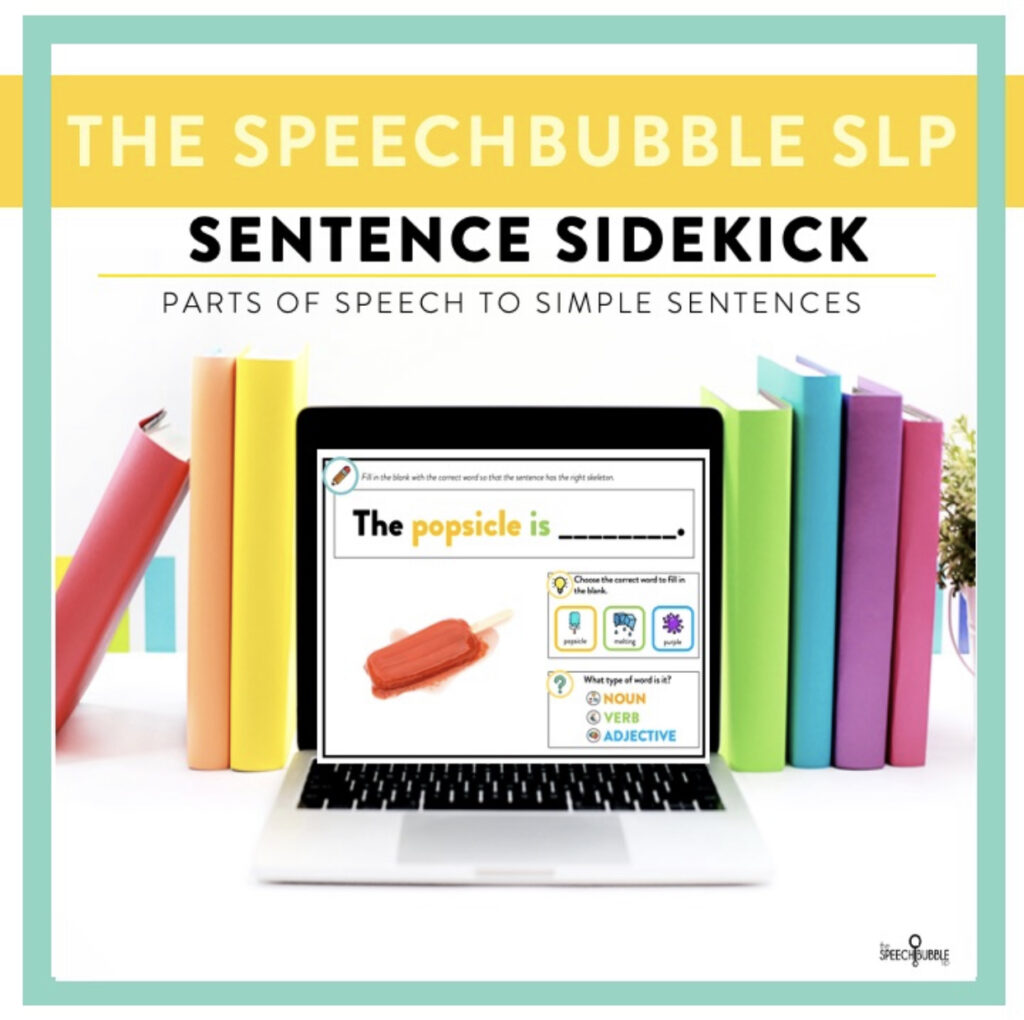


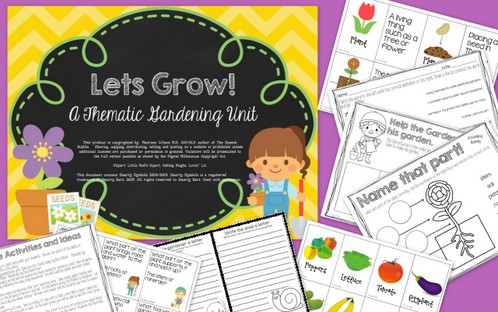
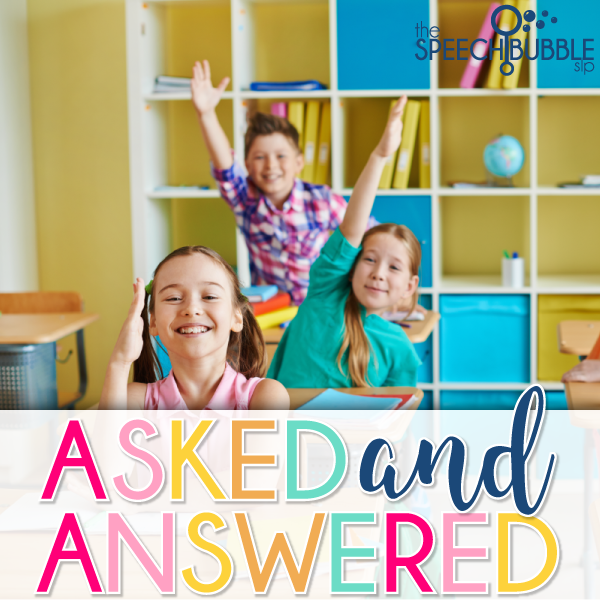

4 Responses
This is great advice. I also use chart paper to make pictographs so that they can stand up and retell the stories. (It’s so much fun to hold the Pinter and be the storyteller!) When they are ready, I have them make a pictograph with me for a story or two. Ultimately, they are creating their own pictographs.
Sorry for the spelling error in the previous comment. (Autocorrect is my nemesis.) “Pinter” ought to have read “pointer”.
No worries Rowan, autocorrect gets the best of me sometimes too 😉
Great idea, Maureen! Thank you for sharing!